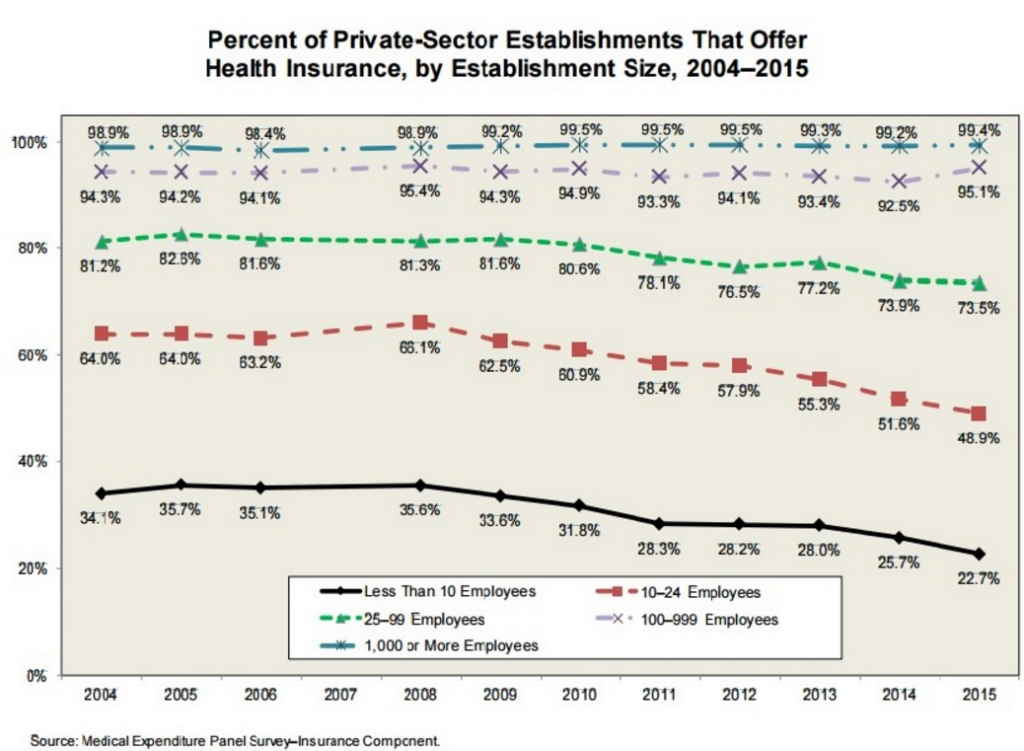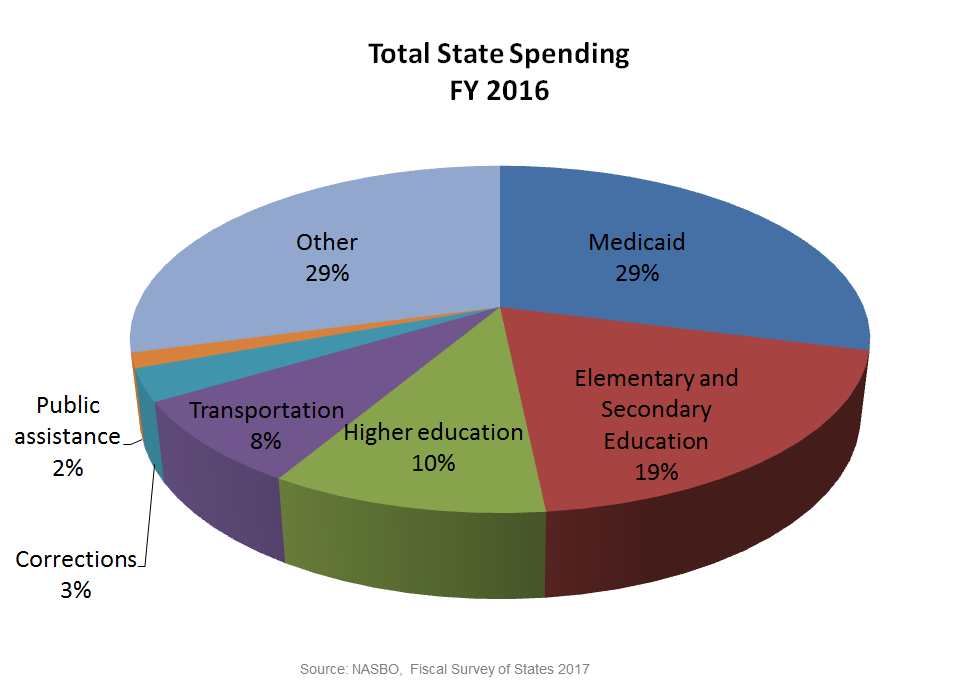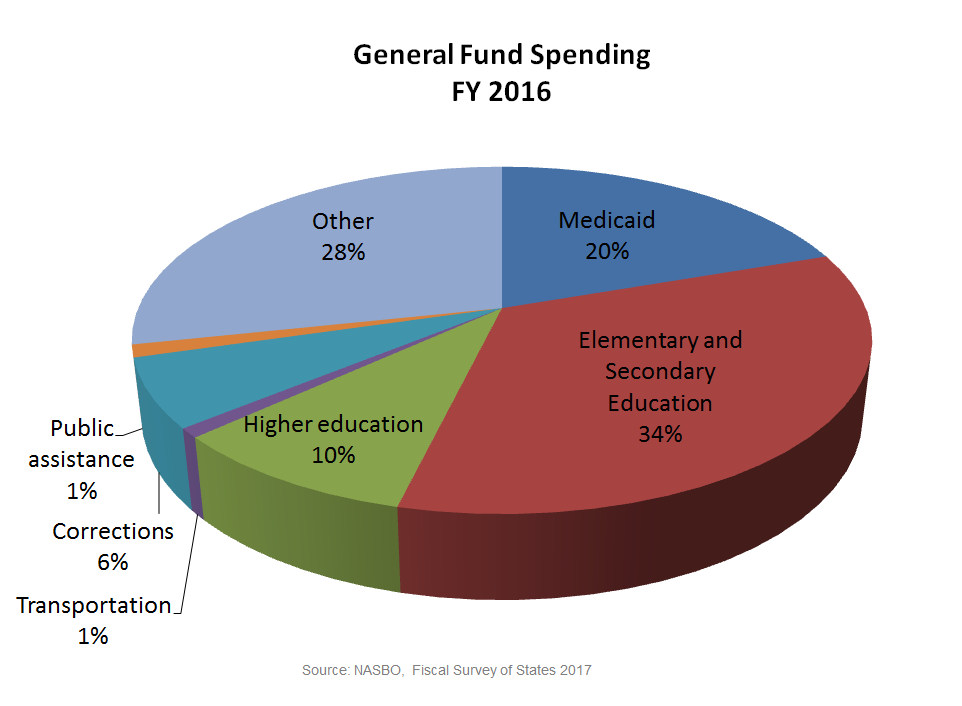Health Care Reform Has States and Feds in Tug-of-War
Health Care Reform Has States and Feds in Tug-of-War
In the past nine months, the Republican-controlled Congress have failed a couple of times to make significant changes to the Affordable Care Act (ACA) through legislation. As state policy people, we watch closely what happens in states, and right now we are paying extra close attention, because the health care financing and delivery system needs changes regardless of what Congress can achieve.
Last month, the U.S. Senate Committee on Health, Education, Labor & Pensions (HELP), led by Lamar Alexander (R-TN) and Ranking Member Patty Murray (D-WA), held full committee hearings on Stabilizing Premiums and Helping Individuals in the Individual Insurance Market for 2018 in September. The committee hosted five Insurance Commissioners on September 6, 2017, and five Governors on September 7, 2017. M2 watched the hearings for clues about what states are most interested in focusing on when it comes to health reform, and what kind of support they need from the feds in order to pursue changes.
Insurance Commissioners Testifying
Five Insurance Commissioners provided testimony to the Senate HELP Committee:
- AK: Lori K. Wing-Heier, Director, Alaska Division of Insurance
- OK: John Doak, Commissioner, Oklahoma Department of Insurance
- PA: Teresa Miller, JD, Insurance Commissioner of Pennsylvania
- TN: Julie Mix McPeak, Commissioner, Tennessee Department of Commerce & Insurance
- WA: Mike Kreidler, Washington State Insurance Commissioner
Governors Testifying
Five Governors provided testimony to the Senate HELP Committee:
- CO: John W. Hickenlooper, Governor, Colorado (D)
- MA: Charlie Baker, Governor, Massachusetts (R)
- MT: Steve Bullock, Governor, Montana (D)
- TN: Bill Haslam, Governor, Tennessee (R)
- UT: Gary Herbert, Governor, Utah (R)
Key Themes from Insurance Commissioners’ and Governors’ Comments
Each of the Governors and Insurance Commissioners provided short testimonies, then each panel fielded questions from various members of the committee. As with many of these public events, there is a fair amount of posturing that happens. Looking past the posturing, several key themes emerged from the panel members. The Insurance Commissioners and Governors said:
- Congress should fund the cost-sharing reduction (CSR) payments in order to stabilize the individual health insurance markets in the states.
- The federal government should fund some sort of reinsurance program, at least for a short period of time until states can take over the function.
- The Centers for Medicare & Medicaid Services (CMS) should provide states with increased flexibility and responsiveness to 1115 Medicaid waiver and 1332 State Innovation waiver requests such as:
- Faster approval times (shorten timelines to complete in 90 days);
- Flexibility in budget neutrality provisions;
- Simplify the process;
- Expand the list of what can be waived;
- Let more consumers buy catastrophic plans.
- Bringing down health insurance premiums will require addressing the underlying drivers of health care costs.
- Six of ten testimonies mentioned the cost of prescription drugs.
Many of these ideas are not exactly new and have been requested by both states and associations before. For example, take a look at the responses from states in January 2017 to a request for comments on health insurance markets and Medicaid from House Majority Leader, Kevin McCarthy (R-CA), as well as ideas that have been put forth by the National Governors Association Shared Priorities from the Governors’ Bipartisan Health Reform Learning Network. 13 states participated in the Learning Network (California, Delaware, Kentucky, Minnesota, Montana, Pennsylvania, South Dakota, Tennessee, Utah, Vermont, Virginia, Washington, and Wyoming, a mix of Rs and Ds) and recommended “Stabilization of the Private Health Insurance Market,” including the federal government fully funding the cost-sharing reductions (CSRs) and providing at least short-term funding for reinsurance (sound familiar?). The Learning Network also asked for increased state authority and flexibility to act in health insurance markets, Medicaid, payment and delivery system reform, and public health priorities, including addressing the opioid epidemic.
Of particular note, many of these comments from state officials are starting to emphasize the need not just to address the cost of insurance, but to go deeper and find ways to address the cost of health care. Trying to get people to be more healthy, and trying to get providers to accept payment for health outcomes are also not new ideas, but so many state officials talking about them as part of a state’s responsibility to her residents is a bit unique.
What happens next is likely to happen in the states, even as the Feds seem to be sending mixed messages about approving waivers for flexibility – see Iowa, Minnesota and Oklahoma news from the past few weeks for examples. We know what states want. What will they get? Stay tuned!






